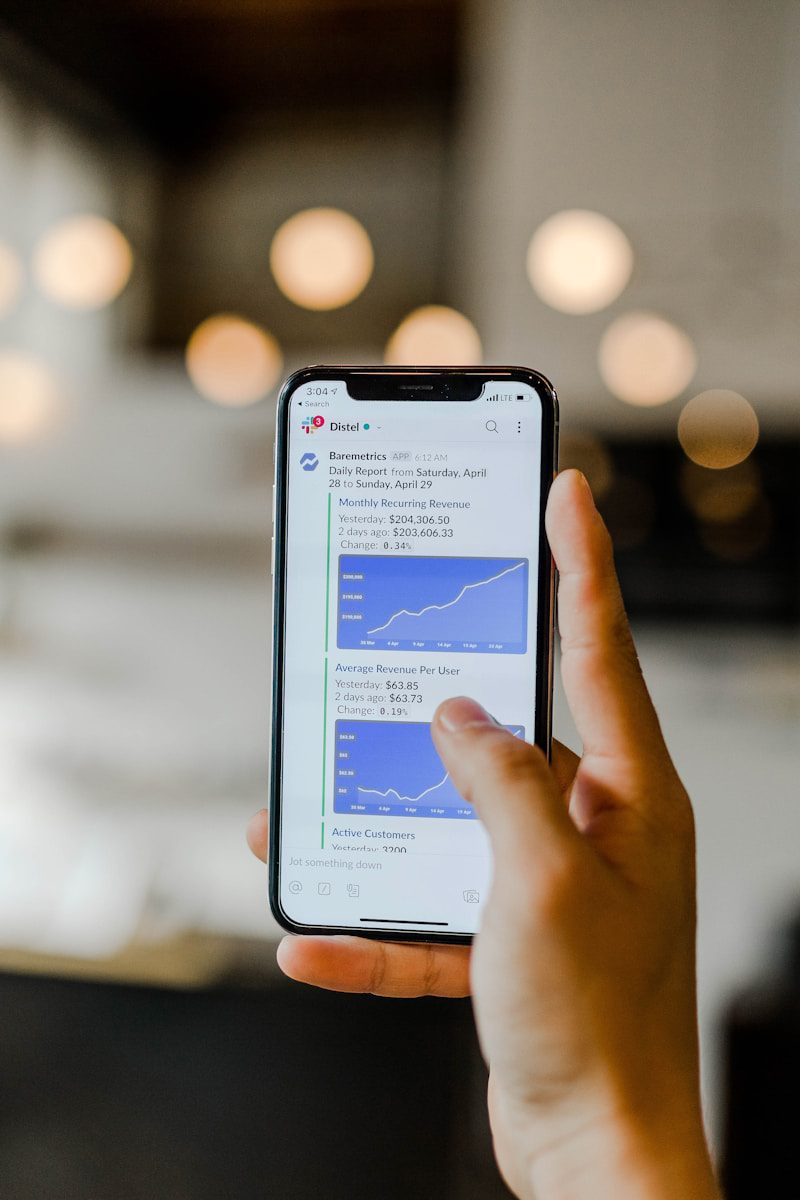
In today’s fast-paced digital world, businesses of all sizes must adapt to stay competitive. One of the most powerful tools available to businesses is digital marketing. By effectively utilizing digital marketing strategies, you can reach a wider audience, build brand awareness, and drive sales.
Digital marketing encompasses a wide range of tactics, including search engine optimization (SEO), social media marketing, content marketing, email marketing, and pay-per-click (PPC) advertising. Each of these strategies has its own unique benefits and can be used to achieve different business goals.
One of the most significant advantages of digital marketing is its ability to reach a vast audience at a relatively low cost. Traditional marketing methods, such as print advertising and television commercials, can be expensive and often have limited reach. Digital marketing, on the other hand, allows businesses to target specific demographics and interests, ensuring that their message is seen by the right people.
Moreover, digital marketing provides businesses with valuable insights into customer behavior and preferences. Through analytics tools, businesses can track website traffic, social media engagement, and email open rates. This data can be used to optimize marketing campaigns, improve customer experiences, and make data-driven decisions.
Finally, digital marketing can be a powerful tool for building brand awareness and reputation. By creating high-quality content, engaging with customers on social media, and optimizing your website for search engines, you can establish your brand as a trusted authority in your industry.
Digital marketing is a valuable asset for businesses looking to succeed in today’s competitive landscape. By effectively utilizing digital marketing strategies, you can reach a wider audience, build brand awareness, and drive sales.








